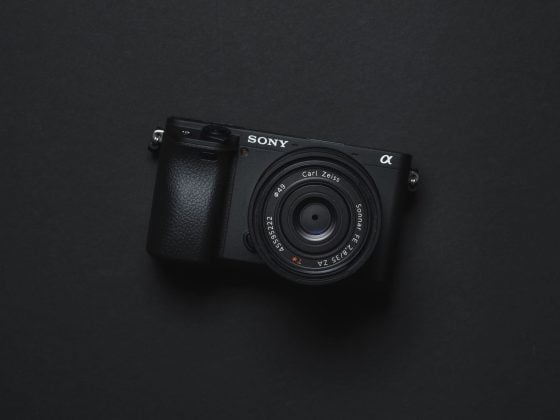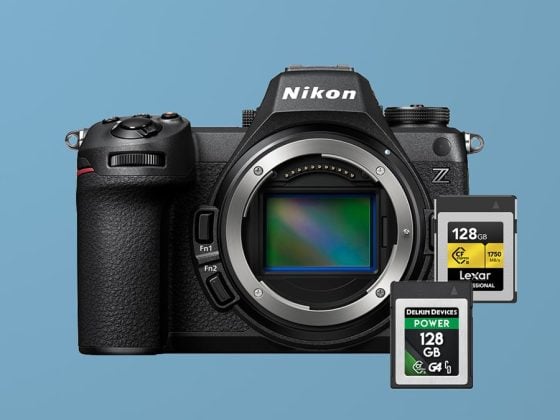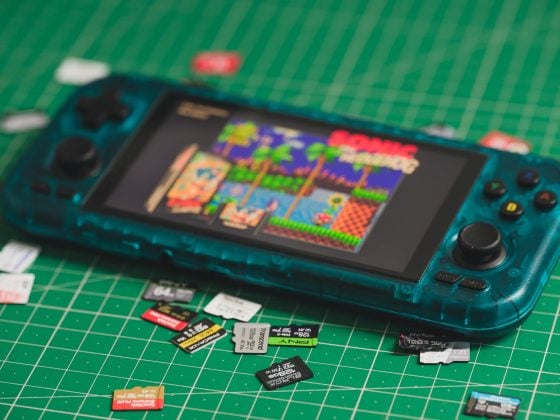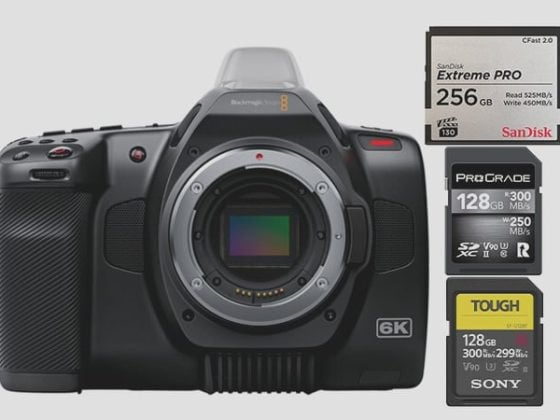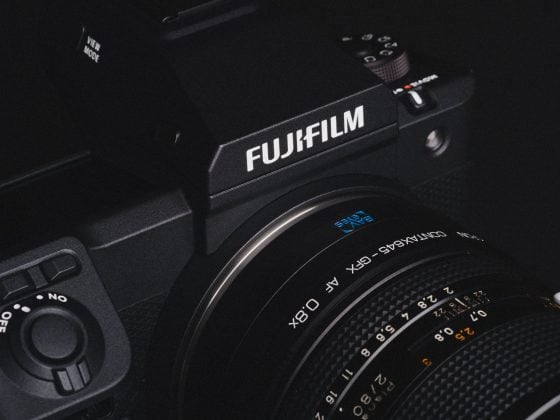The RX100 VI is a 2018 model camera with a single SD card slot that can handle UHS-I speed class cards. If you want to revive this old gem and use it again, you might wonder what kind of memory cards are best for it. This guide will teach you some of the fundamentals and guide you to the best memory cards for the Sony RX100 VI.
Recommended Memory Cards Sony RX100 VI
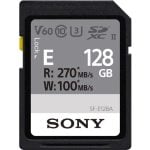 The RX100 VI is a camera with a single SD card slot that can use UHS-I speed class cards. The Sony RX100 VI also had a 4k bitrate of 100Mbps, which means you need at least 12.5MB/s for recording video. You should look for a card that has a U3 or V30 speed class or higher, and this will also get you set for taking photos.
The RX100 VI is a camera with a single SD card slot that can use UHS-I speed class cards. The Sony RX100 VI also had a 4k bitrate of 100Mbps, which means you need at least 12.5MB/s for recording video. You should look for a card that has a U3 or V30 speed class or higher, and this will also get you set for taking photos.
The Sony RX100 VI has a capacity for up to 128GB cards. To be safe, I’d suggest only a 64-128GB size memory card to avoid any compatibility issues.
The camera has a limit on how fast it can write data to the memory card. This limit is around 38MB/s, which means that it cannot use the full speed of some of the fastest memory cards. Therefore, you do not need to buy the most expensive memory cards, as they will not improve the performance of the camera much.
Here are some great recommendations for some of the best cards for the Sony RX100 VI.
| Recommended SD Cards | Speed Class | USB Write | USB Read | Links | |
|---|---|---|---|---|---|
| SD UHS-II V60 | UHS-II | Hide | Hide | ||
| Sony E v60 256GB | UHS-II | https://geni.us/ARfXs | Amazon / B&H | ||
| UHS-I U3 | UHS-I | Hide | Hide | ||
| Sandisk Extreme Pro 32/64/128GB | UHS-I | 144 | 172 | https://geni.us/AjId | Amazon / B&H |
| Kingston CanvasGo! 128/256/512GB | UHS-I | 124 | 161 | https://geni.us/oJU7q | B&H |
| Sony 95 | UHS-I | 81 | 90 | https://geni.us/wnX8rG | Amazon |
| Delkin Advantage 32-1TB | UHS-I | 77 | 93 | https://geni.us/HlTWWVh | Amazon / B&H |
Camera Specs
Sensor: 20.1MP 1″ Exmor RS BSI CMOS Sensor
Processor: BIONZ X Image Processor & Front-End LSI
Lens: 24-200mm ZEISS Vario-Sonnar T* f/2.8-4.5 Lens
Video: 4K30p Video / HLG & S-Log3
Continuous Burst: 10fps RAW
Buffer Size Est: 2GB
Memory Card Capacity: 128GB
Max Write Speed: 37.31MB/s
Shots to fill buffer: 109 ( Sandisk Extreme Pro 170 )
Time to clear buffer: 50-52 seconds average
Best Accessories Sony RX100 VI
SD Memory Card Numbers And Specs
When buying memory cards for Sony cameras, you should understand some of the numbers, ratings, and specs of the cards. There are a few things you need to know and they are a bit complex but improving over time.
SDXC vs SDHC – This refers to how the file system is formatted. 64-bit vs 32-bit. Sony cameras can use 64-bit which lets files be written larger than 4GB. This is very useful and handy when recording video so I suggest going with SDXC cards if you’re using Sony.
Class 10, U1, U3 – This was an older rating system that still exists and it relates to minimum write speeds. Class 10 and U1 cards can keep a minimum write speed of 10MB/s. U3 cards can keep a minimum write speed of 30MB/s.
V30, V60, V90 – This is the new standard you’re seeing that shows minimum write speeds. V30 is 30MB/s V60 is 60Mb/s and 90 is 90MB/s.
A1, A2 – You’ll start noticing the A1 and A2 rating more often as new cards come out. It’s not very relevant for photography and cameras since they are made for running apps with computers or tablets. The A1 and A2 rating means the card has a different type of caching system that allows for big improvements to random read and write cycles. Since cameras only write in order, A1 and A2 offer no advantage to performance.
Different Speed Ratings With Size
If you decide to buy a bigger card than 64GB. Be sure to keep an eye out for the speed class. Sometimes they get faster as the cards get bigger and sometimes they get slower as the cards get bigger. For example, Lexar only offers their 633X card as a U1 speed class until the card gets to a 256GB size. This is an attempt to push you into buying a bigger more expensive card if video shooting is your focus since you’ll need U3.
Best Memory Cards Sony RX100 VI Conclusions
The Sony RX100 VI is not a beast when it comes to writing data to SD cards like some of the larger cameras out there, but it is a small powerhouse camera with a lot of features, so having a good card can make a difference.
There is a performance limit of about 38MB/s which has pros and cons. The downside is that it will take a bit longer to empty the huge buffer, but the upside is that it gives you a lot of choices for memory cards. You don’t have to buy the fastest memory cards because the camera can’t use the speed. So you get the same effective results from something like a Sandisk Extreme or Sandisk Extreme Plus.
| **This website contains affiliate links. We will earn a small commission on purchases made through these links. Some of the links used in these articles will direct you to Amazon. As an Amazon Associate, I earn from qualifying purchases. |


